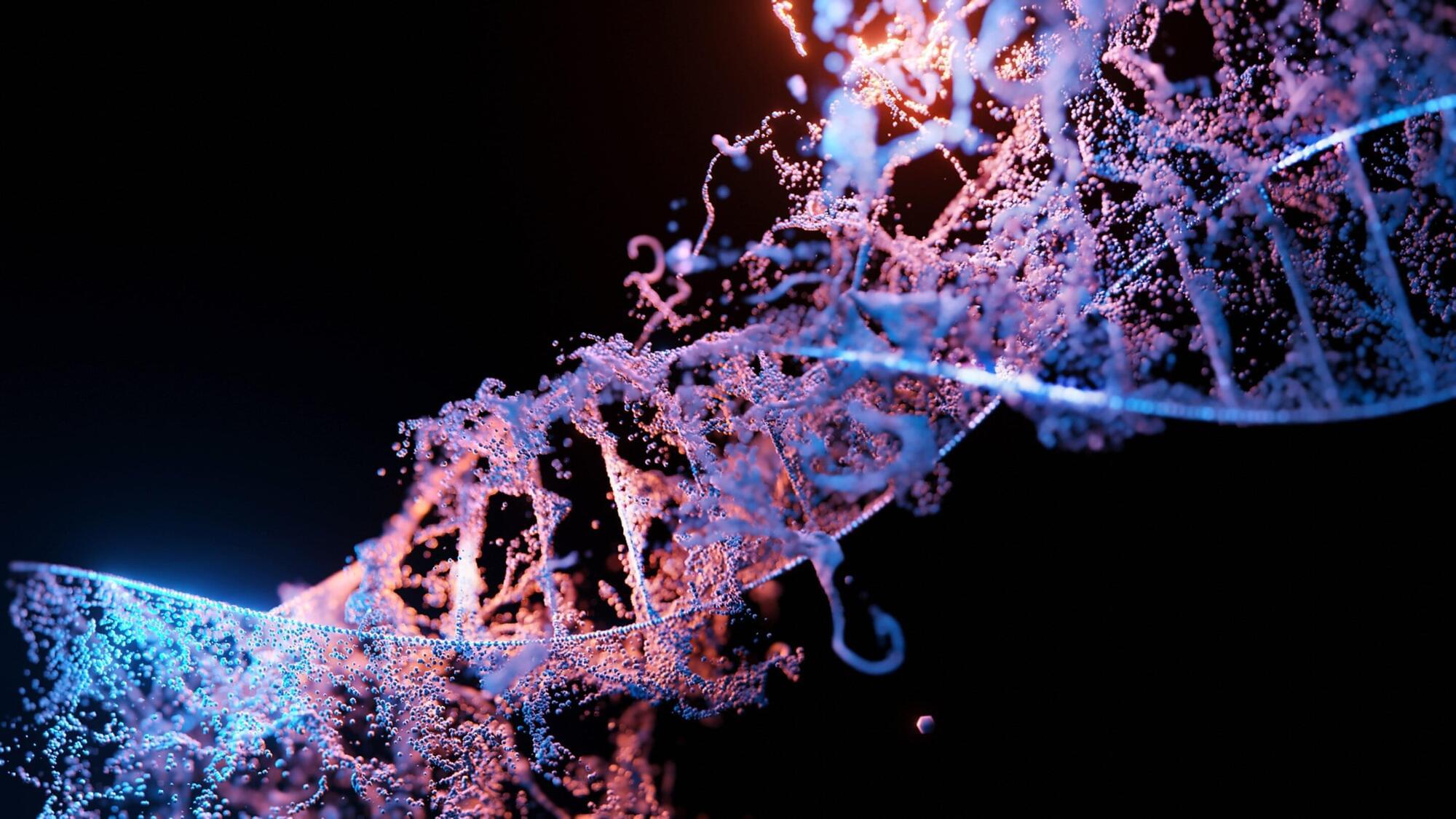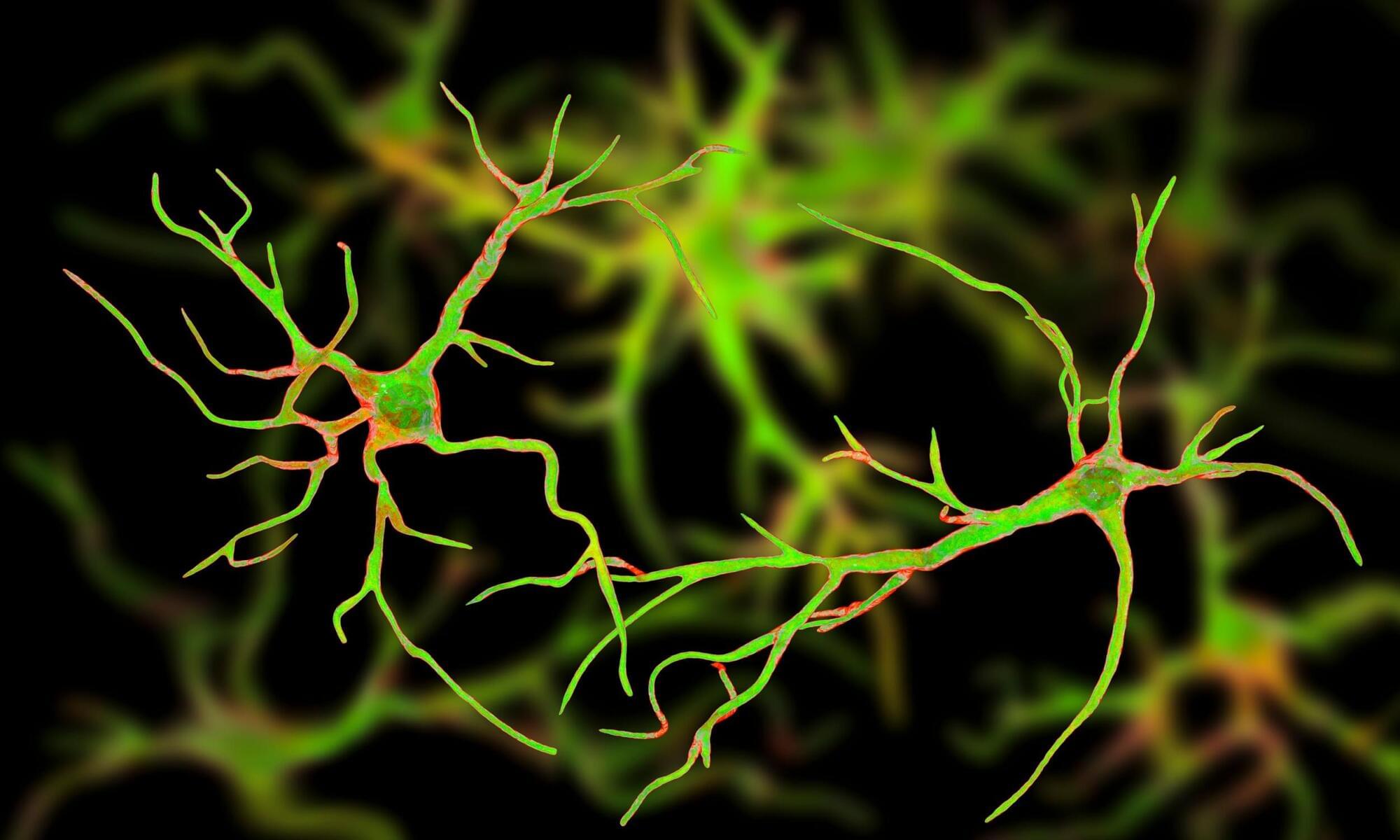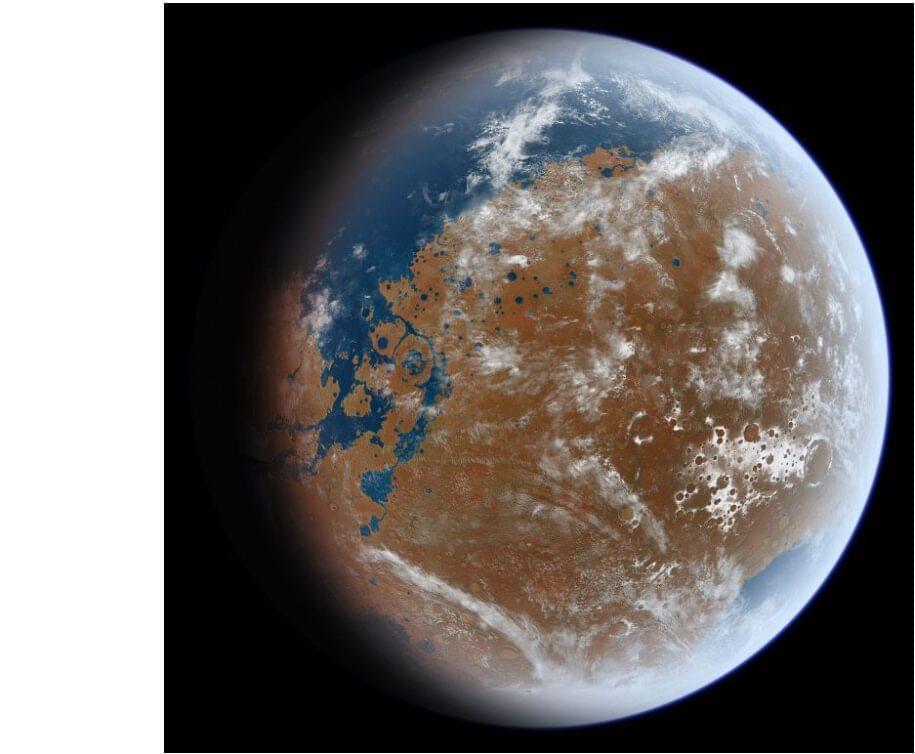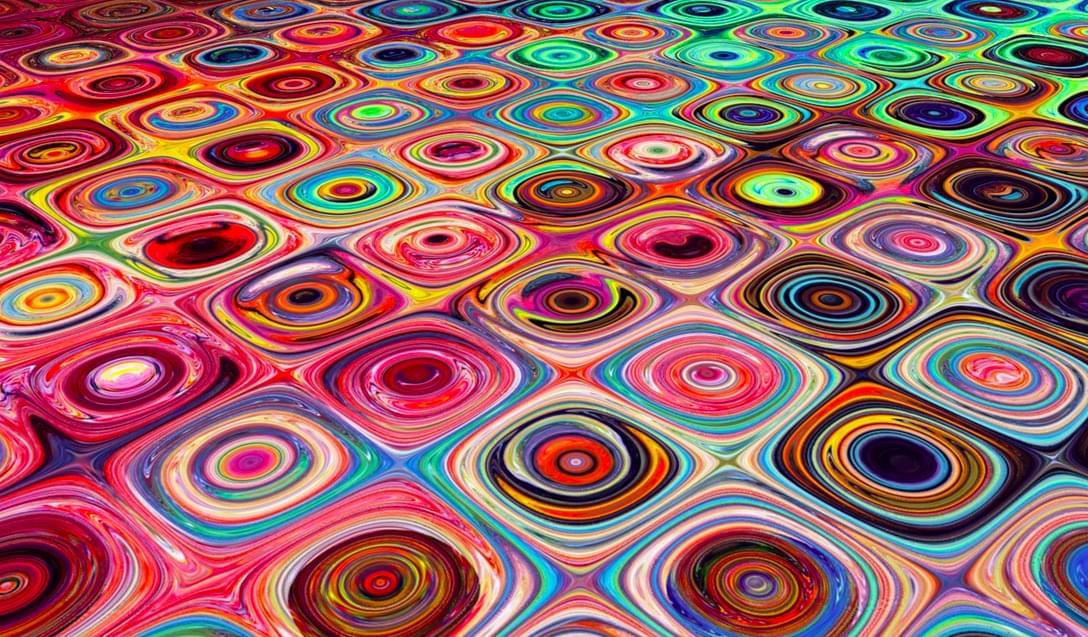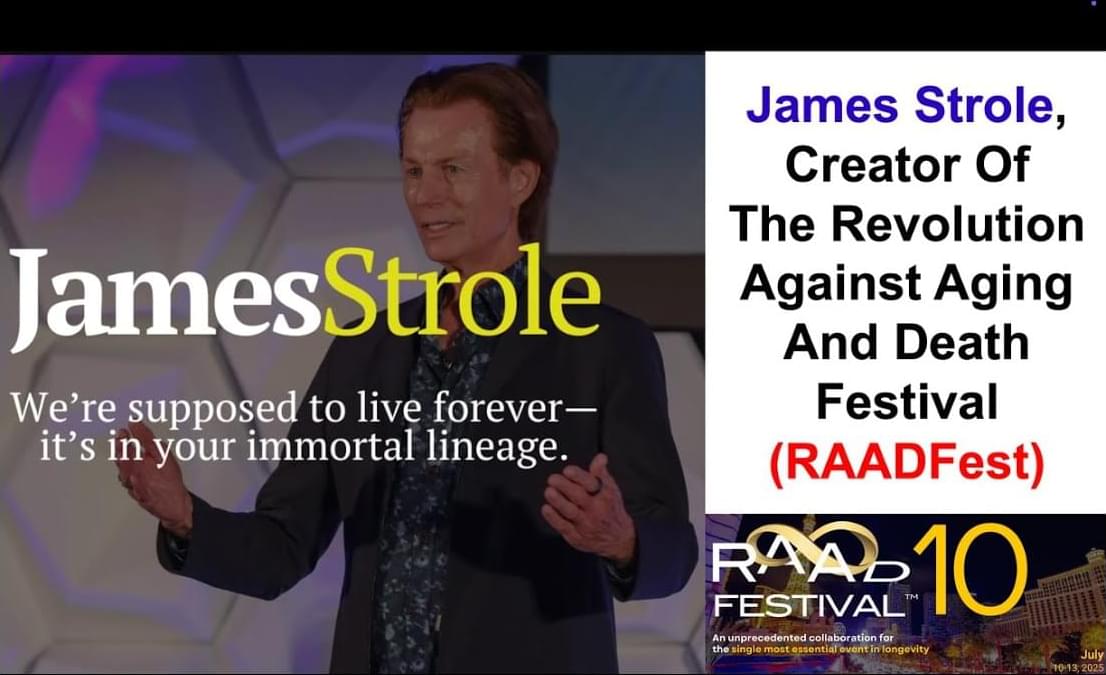Go to https://groundnews.com/physics to stay fully informed about physics, other sciences, and more. Subscribe through my link to get 40% off the unlimited vantage plan, the same one I use, which breaks down to just $5/month with my discount.
You can help support this channel via the Physics Explained Patreon account: / physicsexplained.
We’ve all heard the claim: atoms are mostly empty space. That if you zoomed in far enough, you’d find 99.9999999999999% of an atom is just… nothing. But this idea, while popular, is deeply misleading.
In this video, we dive into the quantum reality behind that empty space — and reveal what truly fills the “void” inside atoms. From the discovery of the nucleus to the rise of quantum field theory, we’ll explore how jittering fields, zero-point energy, and vacuum fluctuations reshape our understanding of what “nothing” really is.
Along the way, you’ll learn:
Why Rutherford’s model gave birth to the “empty atom” idea.

